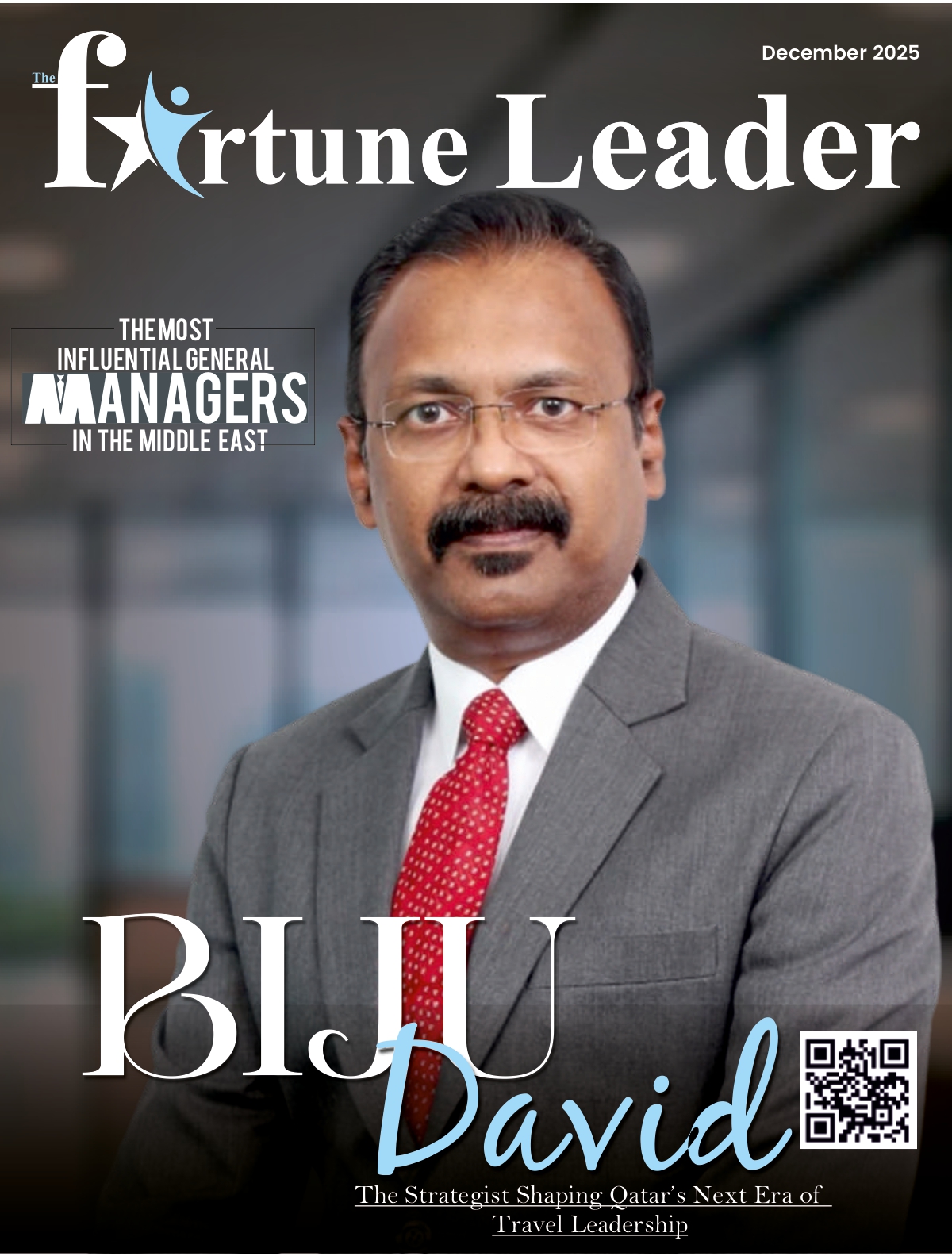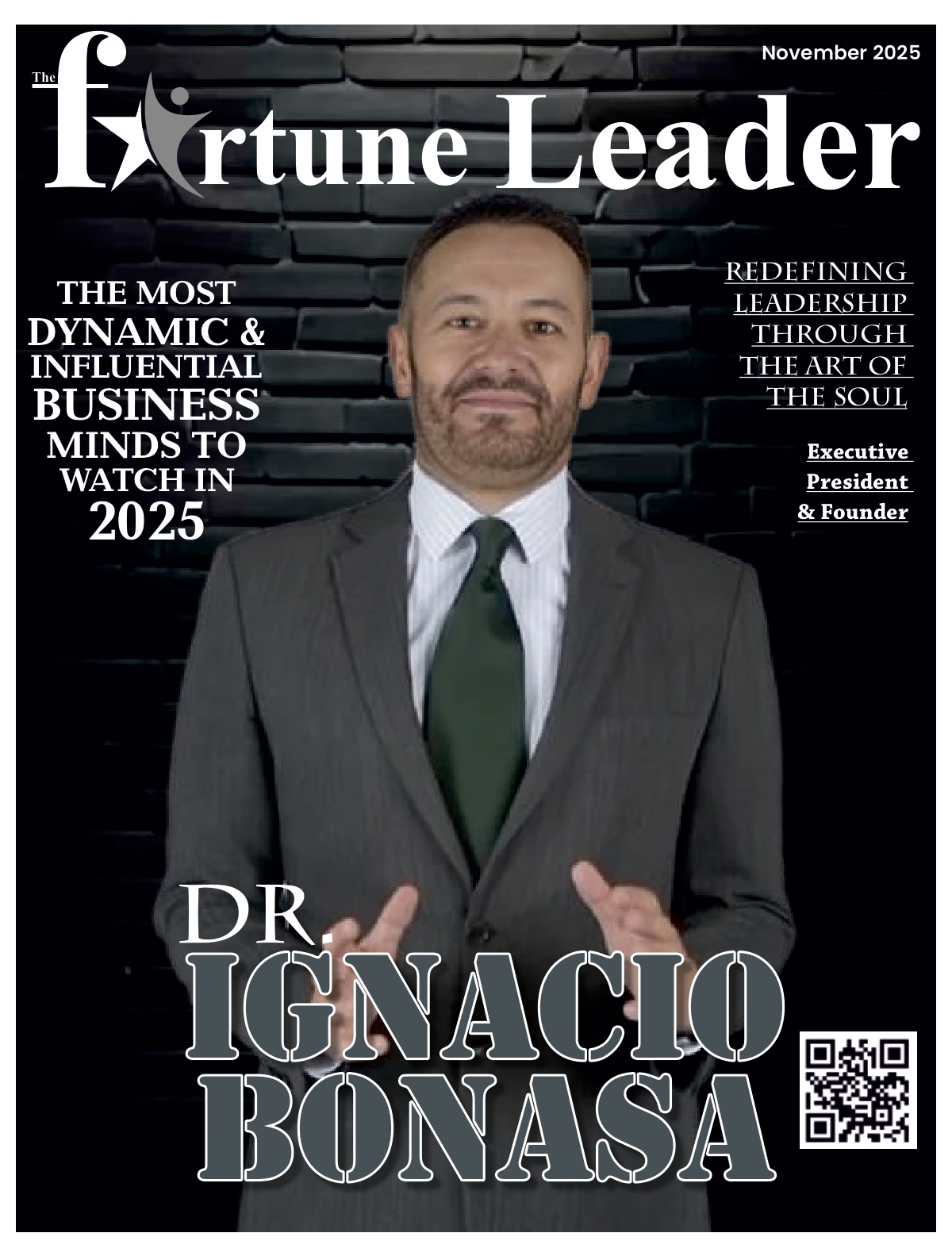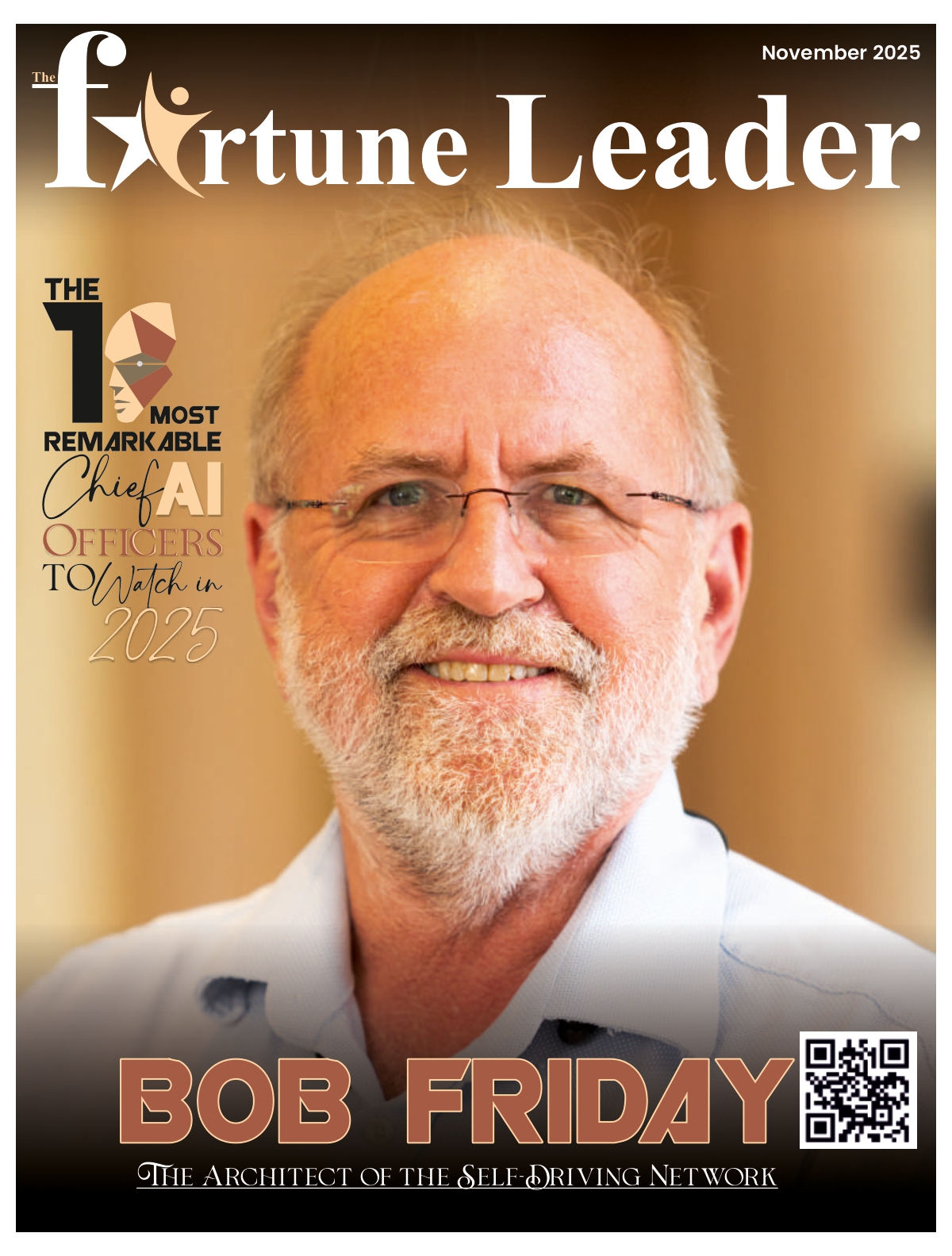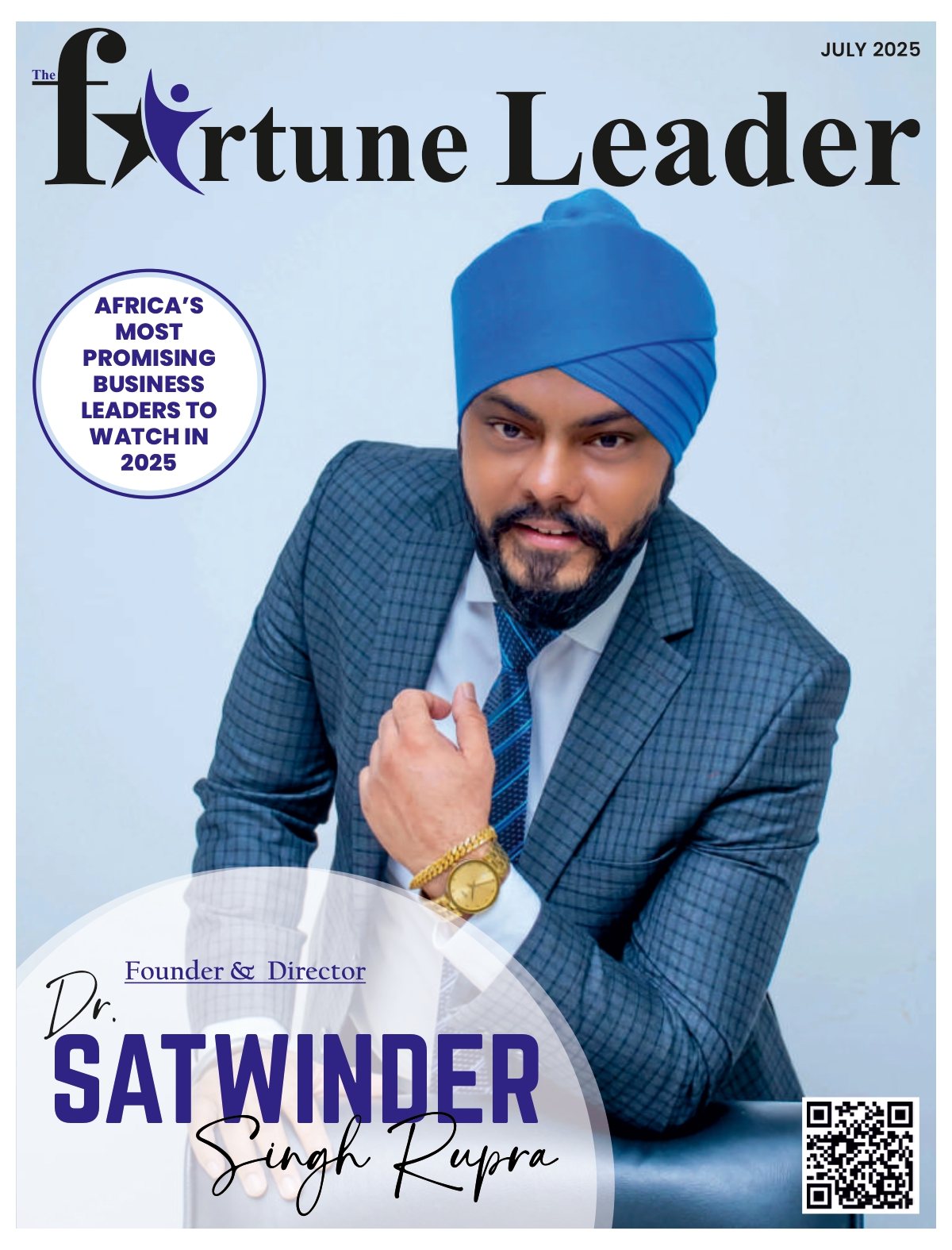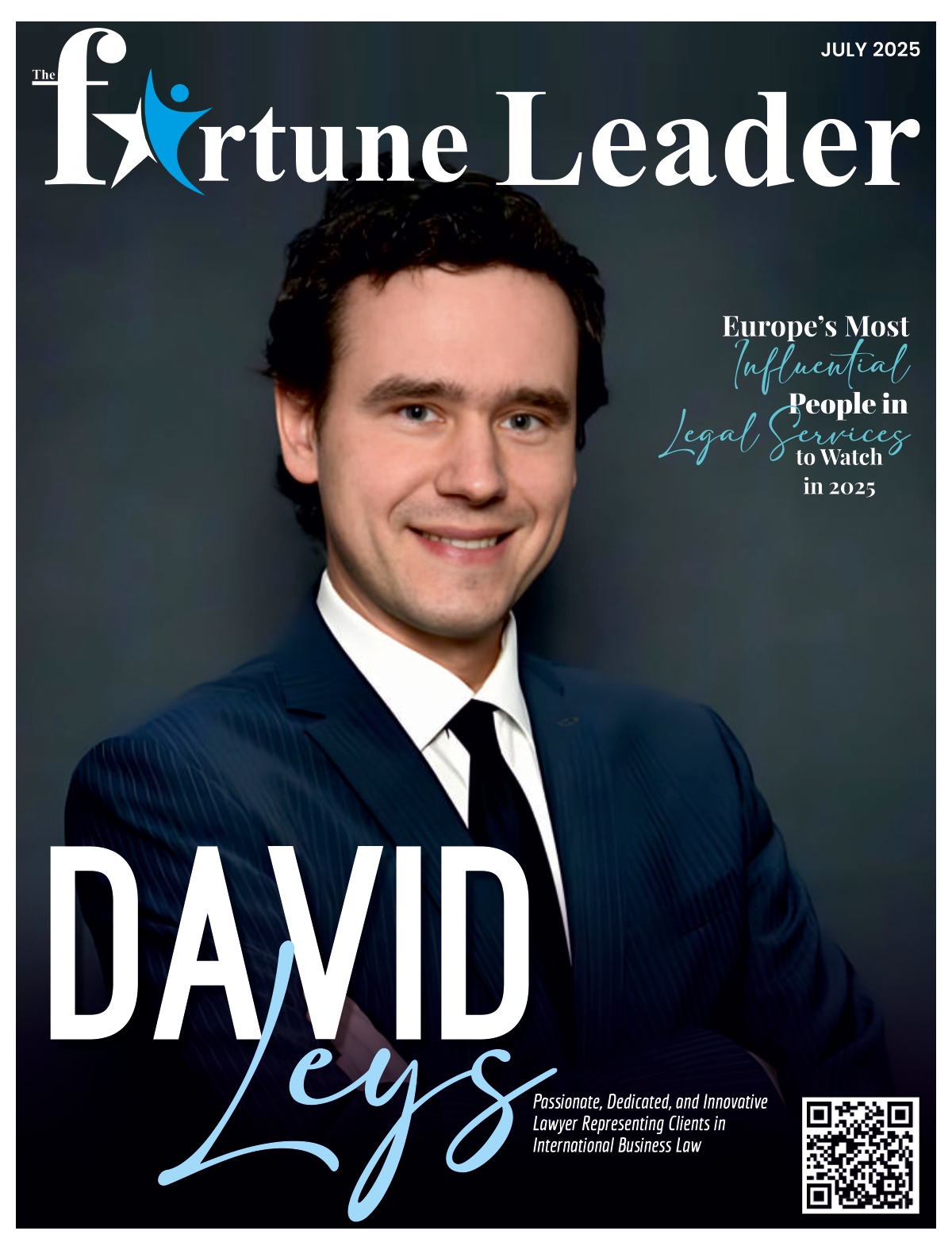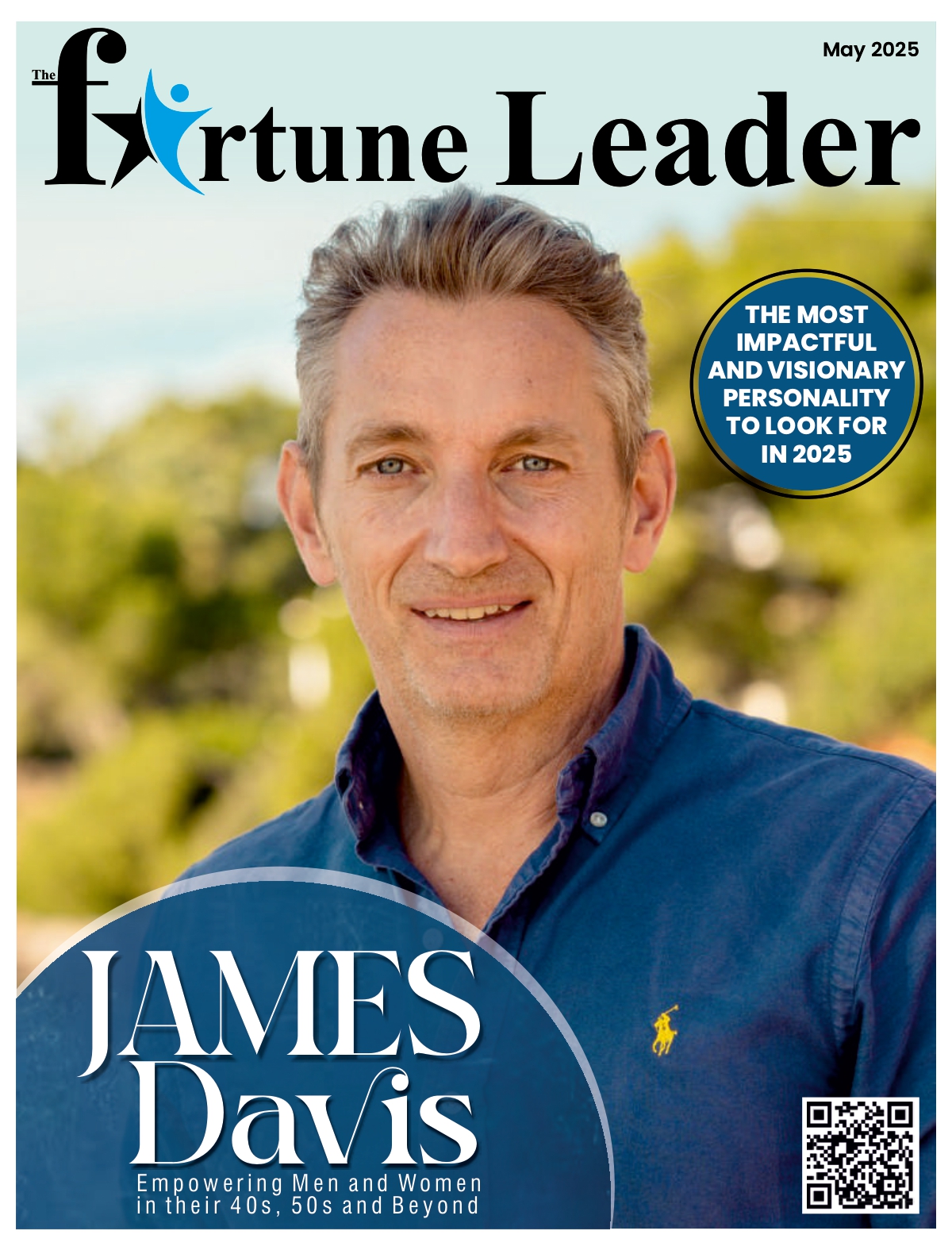Erika Jordan, DMS, EMT, CHT, CHS Founder of Hyperbaric Healing Treatment Center
In recent years, hyperbaric oxygen therapy (HBOT) has seen a remarkable evolution. Once considered niche and reserved primarily for wound healing or diving-related injuries, HBOT is gaining widespread recognition for its benefits in treating neurological, inflammatory, and chronic conditions. As this momentum builds, it becomes more important than ever to ensure the field advances responsibly, inclusively, and with a commitment to quality care.
Clinical Research Fueling Broader Acceptance
HBOT’s increasing legitimacy in mainstream medicine is being propelled by high-level clinical research. One major milestone is the $28 million, state-funded clinical trial led by the University of South Florida. This double-blind, randomized controlled study is investigating HBOT’s effects on veterans with traumatic brain injuries (TBI). With participants undergoing 40 sessions, the results could have wide-reaching implications for insurance coverage, military medicine, and long-term neurological care. Studies like these bring credibility and much-needed data to a therapy that has often struggled for mainstream acceptance.
Unregulated Growth in the Private Sector
Despite its medical potential, the private HBOT sector remains highly inconsistent. Clinics vary widely in safety standards, equipment, and practitioner training. Without strong regulation, the industry risks jeopardizing patient safety. At Hyperbaric Healing Treatment Center, we emphasize rigorous training and medical oversight. A hyperbaric facility is only as safe as the professionals who operate it. That’s why we advocate for patients to do their research and ensure they’re receiving treatment from certified, experienced providers.
New Technology, Better Outcomes
Technological innovation is reshaping how HBOT is delivered. Today’s chambers are equipped with precise pressure controls, and safety redundancies that were not standard just a decade ago. HBOT is increasingly used alongside other wellness services like IV therapy, functional medicine, and regenerative care. This integrated approach enhances outcomes, especially for complex, chronic cases.
Developing the Next Generation of Providers
One of the most rewarding parts of my role is mentoring students and early-career clinicians. Since hyperbaric therapy is rarely taught in traditional medical programs, onboarding new talent requires intentional mentorship. But it’s worth the investment. We’re not just growing a workforce—we’re cultivating advocates for safety, evidence-based care, and innovation.
A Leadership Role Rooted in Purpose
As a woman in a highly specialized medical field, I’m proud to lead a business built on compassion, professionalism, and personal connection. I also serve as Operations Chair for the American Cancer Society’s Making Strides Against Breast Cancer committee—a role I’ve held for 7 years. It has connected me with inspiring peers, lifelong friendships, and a deeper understanding of community-based healing.
Women across healthcare are helping reshape the industry by prioritizing communication, empathy, and holistic leadership. These strengths, once considered secondary, are now seen as essential in improving both patient outcomes and workplace culture.
What the Future Holds
The next five to ten years could be transformative for hyperbaric medicine. I believe HBOT will be embraced more widely—used earlier in treatment plans, offered at more accessible locations, and backed by stronger clinical guidelines. National conversations, including one sparked by Robert F. Kennedy Jr. on expanding HBOT access, indicate broader change is within reach.
My vision is to bring HBOT to the patients who need it most—veterans, children, and underserved populations navigating complex medical conditions. By fostering responsible growth, interdisciplinary partnerships, and science-driven protocols, we can ensure this therapy continues to evolve into one of the most impactful tools in modern medicine.
Author Bio:
Erika Jordan is the founder and director of Hyperbaric Healing Treatment Center, with locations in Orlando and New Smyrna Beach, Florida. She holds certifications as a Certified Hyperbaric Technologist (CHT) and Certified Hyperbaric Specialist (CHS), with a clinical background in diagnostic medical sonography and emergency medical services. Erika brings over a decade of experience to advancing hyperbaric therapy through safe practice, education, and expanded access.




